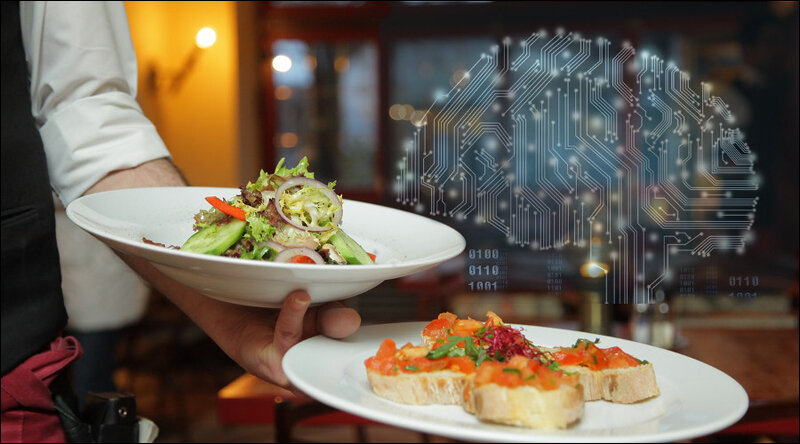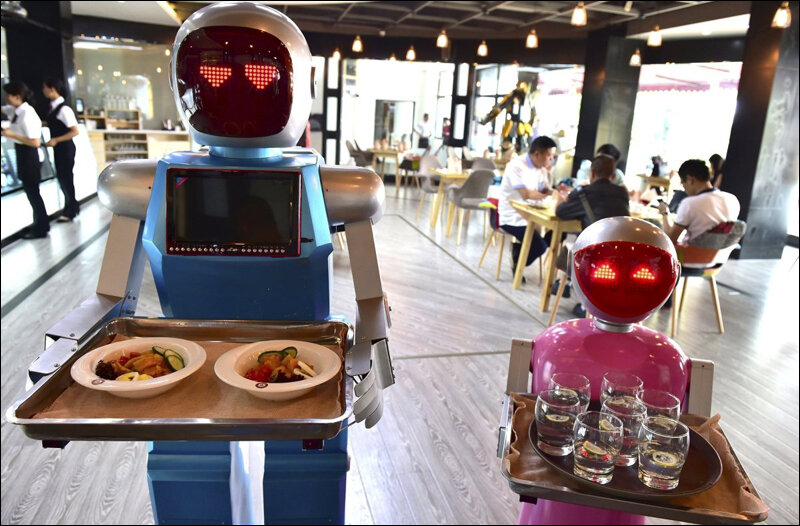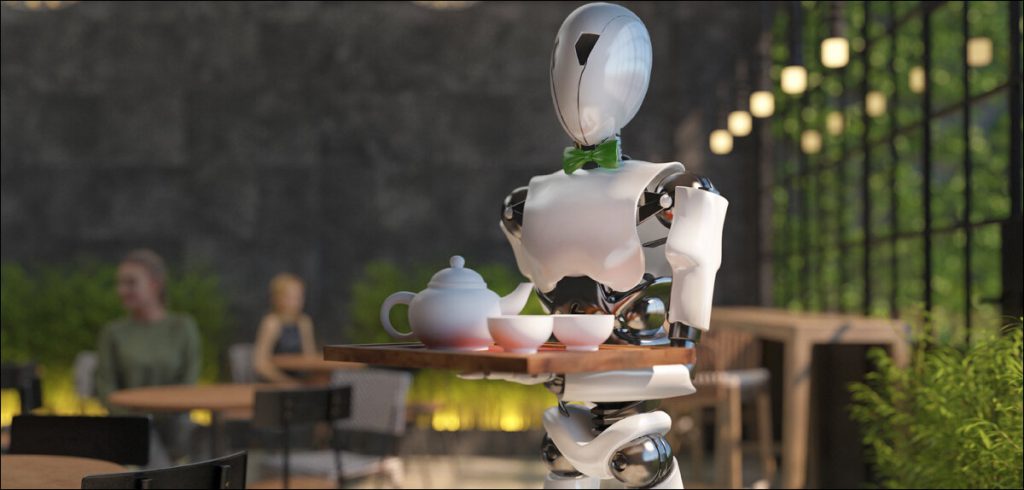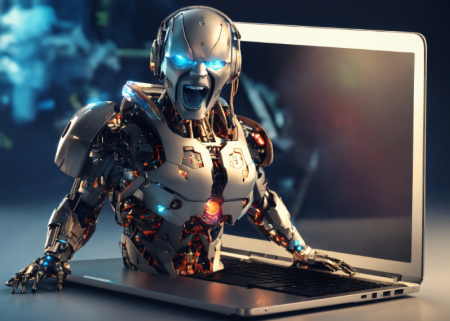From cybernetic chefs to droid waiters, Felista Gor explores the many ways automatons are making their way into the food industry
Robots in restaurants were introduced many years ago and have since become a novelty at restaurants around the world. Many restaurants and eateries have so far introduced them, which has led to a significant boost in the hospitality sector. From chatting up diners to serving cuisines and drinks, robots in restaurants have proven to be efficient and have significantly improved customer experience.
The following are examples of how the restaurant industry uses robots:
1. Chatting up diners

One of the crucial aspects of the food industry is customer service. A client’s first reception at the restaurant will determine a lot. For instance, without customer satisfaction, loyal customers will not come back for more or new clientele will not find out about your food from previously satisfied customers. Instead, the restaurant will struggle to stay afloat. Therefore, restaurants or eateries should be focused on going beyond customer expectations.
In Hyderabad, restaurants have heavily invested in customer service by transforming the normal warm reception from humans to using robots. The restaurant robots leverage artificial intelligence, cognitive technologies, machine learning, and the Internet of Things to make them interactive. They also are integrated with Amazon Alexa and Google Home and programmed with basic interactive chat lines like ‘How are you?’, ‘What is your name?’ and ‘where do you stay?’ to help them chat up diners.
Maira a robotic waiter at Chitti in Town restaurant in Hyderabad is one of a kind. It shakes hands, greets customers, and leads diners to their tables. It can modulate its voice when talking to diners of different genders and age groups i.e., men, women, and even children. Maira is also programmed to respond to any voice command and can chat with diners about any imaginable topic.
Using robots to chat up diners completely transforms the customer experience and makes diners feel like they are in a different world. It leads to experiences that impact all diners for a lifetime.
2. Serving cuisines and drinks
Robots serving food in a restaurant may look like a scene straight out of a science fiction film. However, this has been made a reality at an eatery in the Netherlands. If you want to partake a futuristic dining experience, then head straight to Dadawan Restaurant in Maastricht, Netherlands. The restaurant uses a trio of robotic waiters named Amy, Aker, and James to serve Asian-fusion cuisines and drinks.
The robots have a simple humanoid figures, including arms to hold trays. The facial features encompass a screen that displays a smile or occasionally a frown. They charge for about 2 to 3 hours and then operate for 12 hours.
The robots have an inbuilt remote sensor where you can feed in the table number and then they use this data to make their way to the customer with food. The robotic waiters also have google navigation to enable them to navigate within the restaurant without bumping into obstacles and customers.

In Sunnyvale, California a restaurant called BlendId has transformed the common drink service into an automated one. It has a robotic smoothie-making robot that lets customers choose the kind of smoothie they want to drink, then it uses its mechanical arm to dispense ingredients, blend them, pour the resulting concoction into a cup, and serve it up.
3. Food preparation
Food preparation is an art that ensures that food is safe for consumption. The potential of using robots to automate kitchen operations has been tapped extensively by the food industry and many of them are using robots to prepare food for their clients.
Creator – a California-based restaurant – prepares its burgers with the help of a robot. The robot Rube Goldberg-Esque handles all aspects of burger preparation from grinding beef, frying patties, toasting buns, dispensing condiments, and assembling burgers.
Robotic food preparation has gone beyond simple meals. Food chains like Chipotle and Buffalo Wild Wings are using Flippy 2 robots to prepare fried foods, requiring that a chef places all the ingredients in an auto bin then the robot uses artificial intelligence to recognize the type of food and cook it correctly.
In Boston, a robotic sous-chef called Alfred is being used in Boston BONAPITA restaurant to assemble meals within a few minutes, recognize ingredients and report when it needs to be refilled. The restaurant can track Alfred’s actions via an application to ensure accountability in case he makes a mistake during food preparation.
Robots have reduced the time spent preparing food for customers meaning clients spend less time waiting for their food to be served. In this way, customer experience is improved.
Conclusion
So, have robots taken over restaurants? Yes. It is certain that every aspect of the food industry has been transformed by technology. Robots are now used in food processing, food preparation, serving food and drinks and even chatting up diners.
Technology will therefore go a long way in ensuring that restaurants that have integrated robots into their operations become hospitality hubs. Soon, all restaurants will invest in automating kitchen operations with robots based on the benefits they bring to the table.
In case you missed:
- None Found










2 Comments
Wow,, insightful. Keep feeding us exceptional content about technology
Great piece Felista!